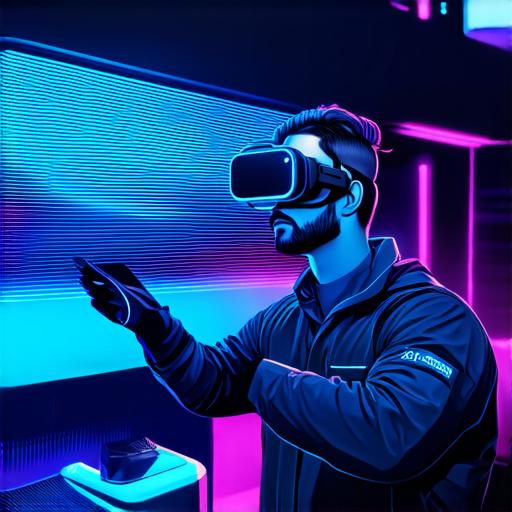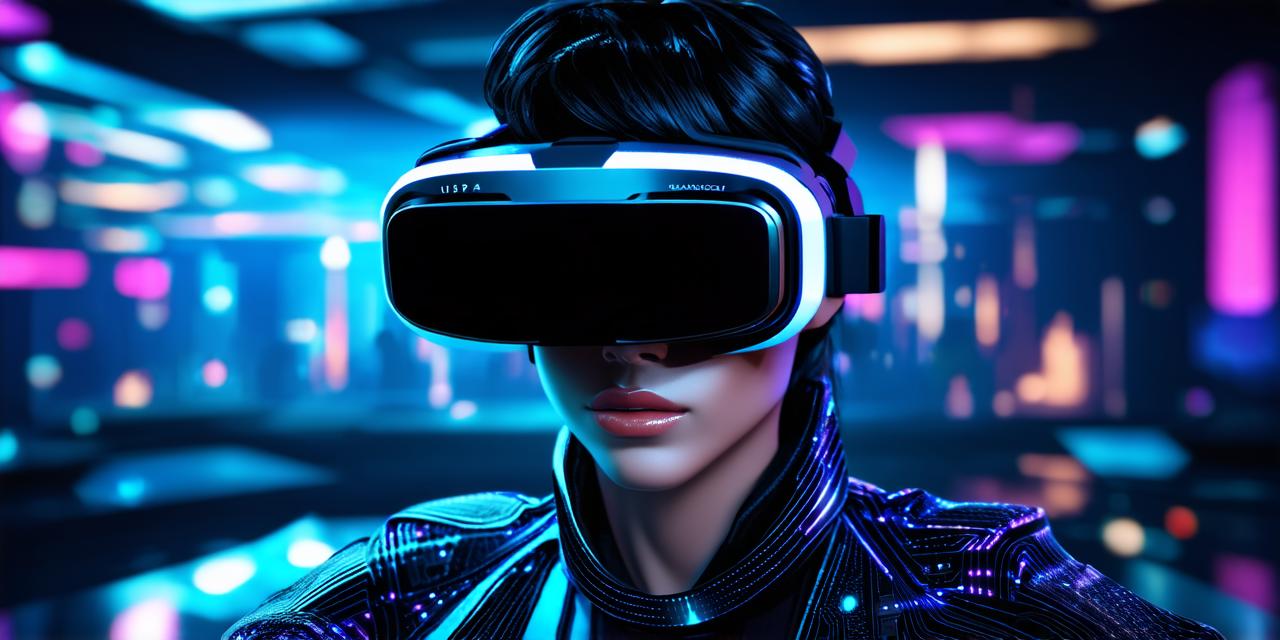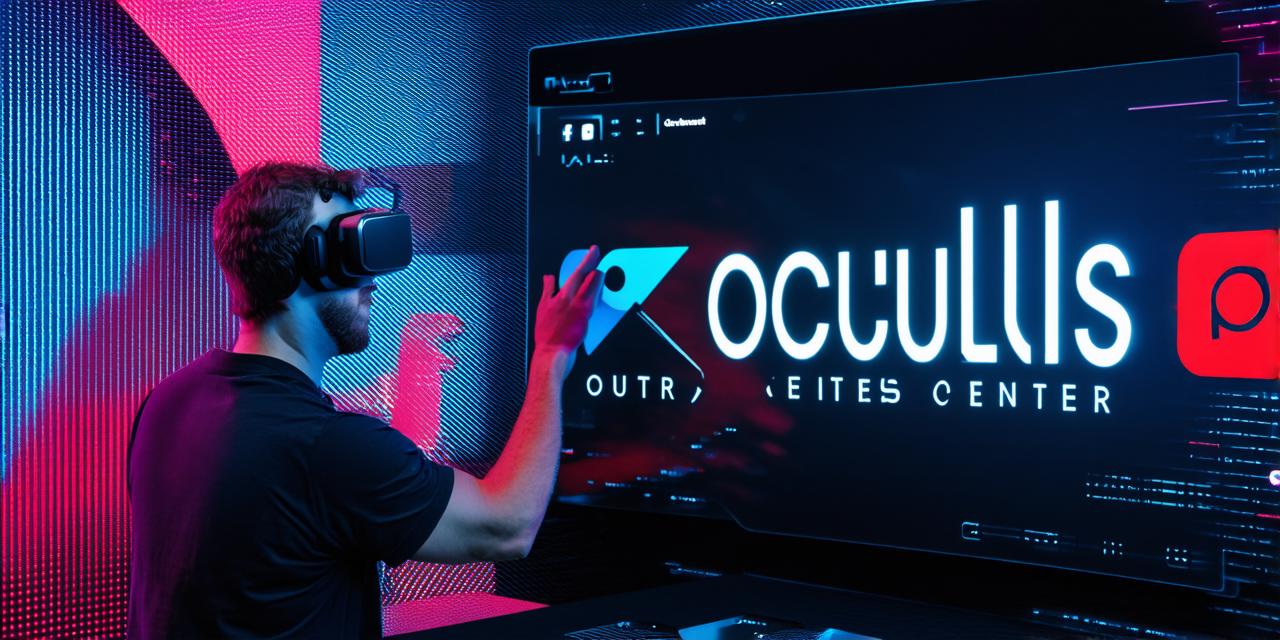
Virtual Reality: An Overview and Its Benefits
Virtual reality (VR) is a technology that has captured the imagination of people all around the world. From gaming to education and training, VR has shown tremendous potential in enhancing user experiences and revolutionizing the way we interact with digital content.
2. Benefits of Virtual Reality
-
a) Enhanced Learning and Training
-
b) Increased Engagement and Motivation
-
c) Improved Collaboration and Communication
-
d) Enhanced Entertainment and Creativity
2.a) Enhanced Learning and Training
Virtual reality has shown great potential in the field of education and training. By providing an immersive learning environment, VR can help learners to better understand complex concepts and retain information more effectively. For example, medical students can practice surgeries in a virtual operating room, while soldiers can train for combat scenarios in a safe and controlled environment. This can lead to improved outcomes and reduced risks associated with training and education.
2.b) Increased Engagement and Motivation
Virtual reality has the power to increase engagement and motivation in users. By providing a highly interactive and immersive experience, VR can help users to stay focused and motivated throughout their activities. This is especially important in applications such as e-learning, where users may struggle to maintain interest in traditional teaching methods. Virtual reality can provide an exciting and engaging alternative that keeps learners engaged and motivated.
2.c) Improved Collaboration and Communication
Virtual reality can also improve collaboration and communication between teams. By creating a shared virtual space, team members can interact with each other in real-time, regardless of their location. This can be especially useful for remote teams or teams that need to work together on complex projects. Virtual reality can provide a platform for collaboration and communication that is accessible and efficient, improving productivity and effectiveness.
2.d) Enhanced Entertainment and Creativity
Virtual reality can provide a highly immersive and engaging form of entertainment. From gaming to virtual tours of museums and historical sites, VR can offer users a unique and memorable experience. Virtual reality can also be used as a tool for creativity, allowing artists and designers to create new and innovative works in a virtual environment. This can lead to new forms of artistic expression and creative exploration.
3. Case Studies: Real-Life Examples of Virtual Reality in Action
3.a) Virtual Learning Classrooms
Virtual learning classrooms use VR technology to provide students with an immersive and interactive learning experience. For example, the University of Maryland used VR headsets to teach students about the solar system by allowing them to explore it in a virtual environment. This not only provided a more engaging and memorable learning experience but also allowed students to learn at their own pace and in their own time. Virtual learning classrooms can provide an effective and efficient way for students to learn and retain information, leading to improved outcomes and better preparedness for future challenges.
3.b) Virtual Medical Training
Virtual medical training uses VR technology to provide medical students with realistic simulations of surgeries and other medical procedures. For example, the University of California, Los Angeles (UCLA) created a VR simulation of a surgery that allowed students to practice their skills in a safe and controlled environment. This not only improved their surgical skills but also reduced the risk of errors during real-life surgeries. Virtual medical training can provide an effective and efficient way for medical professionals to learn and improve their skills, leading to better patient outcomes and improved healthcare delivery.
3.c) Virtual Collaboration and Communication
Virtual collaboration and communication tools use VR technology to facilitate real-time interaction between teams. For example, the company Cisco developed a VR platform called Webex Spaces that allows teams to collaborate in virtual environments. This platform can be used for brainstorming sessions, project management, and other forms of collaboration, allowing team members to work together in real-time regardless of their location. Virtual collaboration and communication tools can improve productivity and effectiveness by providing a platform for efficient and effective communication and collaboration.
4. Limitations of Virtual Reality
While virtual reality has shown tremendous potential, there are also some limitations that need to be considered. One limitation is the cost of VR equipment, which can be expensive for individuals and organizations alike. Another limitation is the potential for motion sickness or discomfort in some users, especially those with sensitive sensory systems. Additionally, virtual reality may not provide a fully immersive experience for some users, as they may still be aware that they are in a simulated environment.
5. Conclusion
In conclusion, virtual reality has shown tremendous potential in enhancing user experiences and revolutionizing the way we interact with digital content. By providing an immersive and interactive learning environment, VR can improve learning outcomes, increase engagement and motivation, and improve collaboration and communication between teams. While there are limitations to VR technology, its potential benefits make it a promising tool for the future of immersive interaction.




